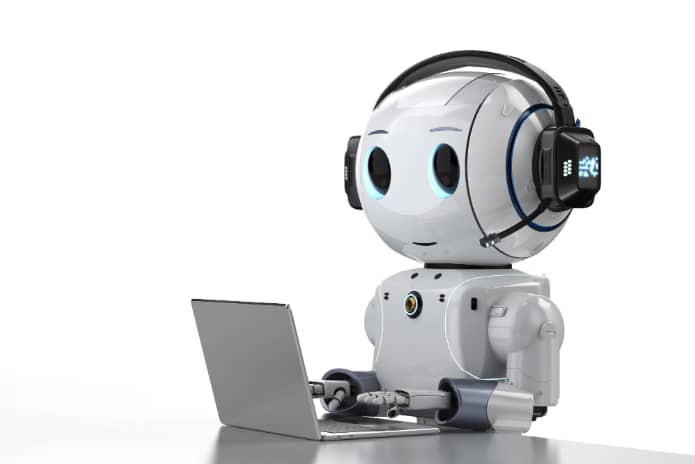Artificial intelligence (AI), especially in its generative aspect, has ceased to be a distant promise and has become a concrete reality in the business world. Although the topic has gained visibility recently, its progress is not sudden: it is the maturing of a technology developed over decades, which now finds practical applications in almost all areas of the economy.
In marketing, the impact of AI is evident. The sector, which for a long time was guided by intuition and repertoire, has undergone a transition in the last two decades towards a more data-driven approach. This movement created a particularly conducive environment for the adoption of artificial intelligence-based technologies. With the massive accumulation of information about consumer behavior, campaign performance, and market trends, it has become essential to have tools capable of processing, cross-referencing, and interpreting data in real time.
Generative AI has been used not only for data analysis but also to accelerate the creative process. Today, it is indeed possible to simulate consumer profiles, test different creative paths, and predict the reception of a campaign even before it goes live. Tasks that previously required weeks—or even months—of qualitative research with focus groups in different locations can now be completed in a few days with the support of technology.
This does not mean that traditional research has become obsolete. What happens is complementarity: AI allows a preliminary stage of experimentation and validation, making the process faster, more efficient, and cost-effective. Data-driven decision-making becomes an ally of creativity, not its substitute.
Outside of marketing, the use of artificial intelligence is also expanding into areas such as materials science, cosmetics, and animal welfare. Tests that relied on the use of animals have been replaced by sophisticated computer simulations capable of predicting chemical reactions and interactions between compounds with a very high degree of accuracy. AI, in this case, acts as a catalyst for both an ethical and technical change.
More than an isolated tool, artificial intelligence has become a kind of "conductor" of other emerging technologies. When combined with automation, 3D modeling, big data, and the Internet of Things (IoT), it paves the way for previously unthinkable solutions—including the creation of new materials and the reconfiguration of entire supply chains.
The challenge now is no longer to understand "if" AI will be incorporated into companies' daily lives, but "how" it will be done in a responsible, transparent, and strategic manner. The transformative potential of technology is undeniable, but its implementation requires caution, ethical guidelines, and ongoing training.
Contrary to what is assumed, artificial intelligence does not replace human intelligence — it enhances it. And the businesses that know how to achieve this balance will have a competitive advantage in an increasingly dynamic and demanding market.


